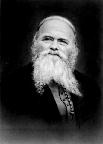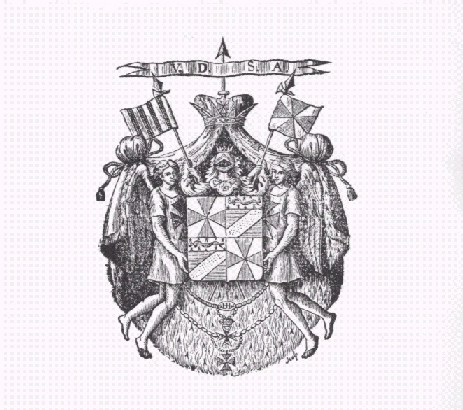Ash Wednesday.
A mark upon the brow, drawn with ash.
“Remember Thou, O soul, that thy body is dust
and unto dust it shall return.”
Feel this moment, here and now – notice;
Souls are produced and reprocessed,
in the world.Every other moment extinct.
At birth receiving features alien to
his own, Man daily looks in the mirror and
sees nothing but the world.
Sight approaching not himself but his
surroundings.
Man goes soul-searching
all his life-long time, and upon the last
gasp for a breath he never had – he
suffers in proxy for the death of a dream
impressed upon him at his arrival into
flesh. So grieves Man the loss of his borrowed
part; of spittle, breath and clay – an edifice,
a fabrication, wrought tightly around his
form, lest he looks and finds himself,
naked and unembellished.
Man is anasthetized – when he surfaced to
consciousness, it was only to be instructed
to count backwards from ten.
Such oblivion rarely contrasted in
the light of day, we have grown to
love the shadows dancing over our
walls, the safety of darkness bringing
sophoric memories to life.
Lord, I am gratitude, because when you planted me,
you planted me in good earth.
The soil pressing against my protective shell,
and the kernel within –
against which all soul and spirit lives and
moves, in contradistinction, in contrast,
in dissolving it without dissolving themselves.
To the prophet Isaiah a soft whisper attracted
by his disrepair and mourning over invisible
vanities, met his inner ear “Be still and know
that I am God” – such stillness is like cold ashes
, remains of the last great pyre, bereft of all but
essentials decomposed and unformed; a simplicity
left at the ascent of all moisture, quintessential calm.
With the deluge the world forgoed by water, life
suffocating life.. with this great fire, each particular
expires in a rapture unspoken of, again the world ends
only to loose itself completely to the battlements and
enclosures of a New Jerusalem.
In such garments, supernaturally black, may a soul
awaken to itself and see the world`s departure before
its sight, like a dark cloud dispersed and annihilated
by the piercing rays of a new sun. As interior meets
exterior – a twin of one essence embracing and kissing,
its lack of light receives light completely and the dark
sash becomes a luminous robe. The soul seats itself
in the garden with its companion, and draws with it its very
first breath.


